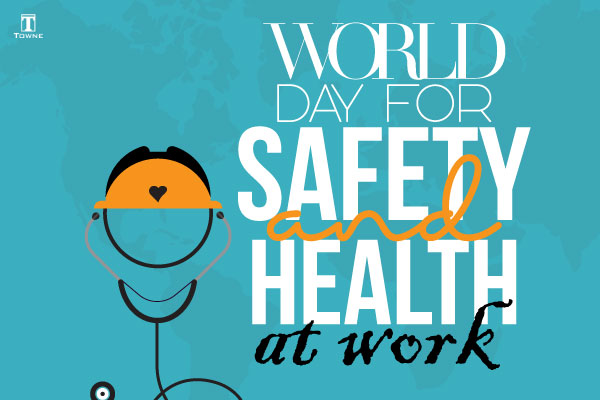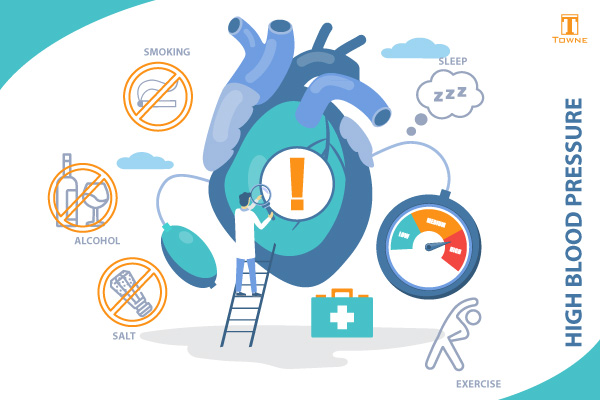Improved medicine has led to longer life spans and an aging population around the world. In Germany, Italy and Japan, the elderly already make up 20% of the population, and that number is expected to rise. But there are still many illnesses that modern medicine doesn’t know how to cure, and these tend to ail senior citizens. This means that there are a growing number of patients in need of care, but not necessarily more health care providers to assist them.
Need for More Health Care Providers
In recent years, elder care has become increasingly necessary and demand for health care workers has risen. In the United States, many immigrants choose to work as CNAs, nurses, home health aides and in other health care related fields. This has been a boon to the industry, preventing a labor shortage which could be extremely serious for patients in need of care.
Another solution is to increase recognition and appreciation for health care workers and reward them financially for their dedication and hard work. This would lead to more people entering and staying in the field.
Preventing Chronic Illnesses
Another way to close the gap between patients and health care workers is to reduce the number of patients.
Prevention is always more efficient than dealing with an issue once it has happened. Governments may be able to reduce the number of infirm elderly people by encouraging or providing employment for senior citizens. Employed and busy people are less likely to develop chronic illnesses, and policy changes could make this possible. One idea which has been suggested is to enact phased-in retirement, where older people would reduce their hours but would continue to work and mentor younger employees.
Additionally, senior citizens who can no longer work due to health or cognitive reasons may be able to volunteer their time in non-profit work or in artistic endeavors. Research has shown that this type of work is beneficial to society and also reduces the risk of deteriorating mental and physical health.
Innovation
Our aging population needs better drugs and medical devices. Innovation in medicine is often handicapped by regulations and bureaucracy. Perhaps an emphasis on encouraging medical innovation can lead to better cures, preventative measures and treatments. Hopefully, we can create an aging population which has fewer illnesses and more ways to manage their ailments.
A healthier population is the optimal goal and the best way to reduce the gap between patients and health care workers.







